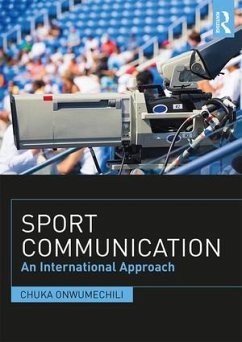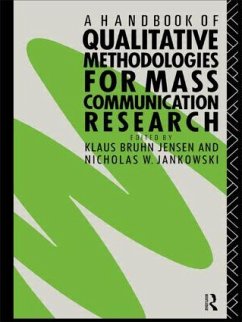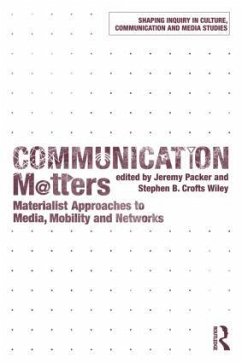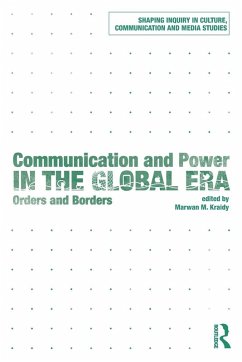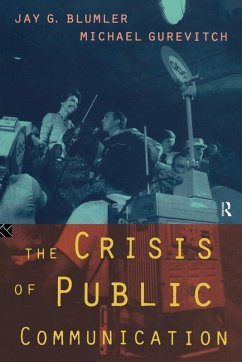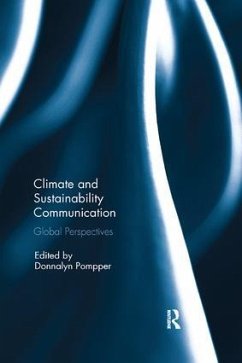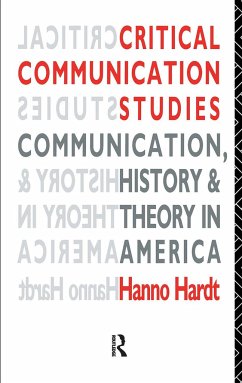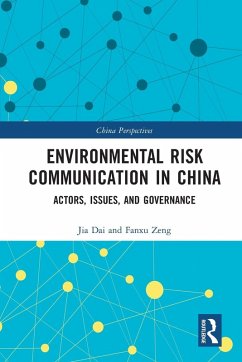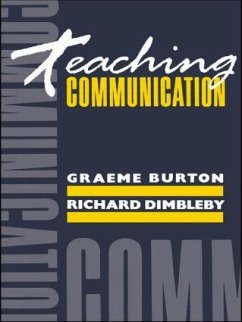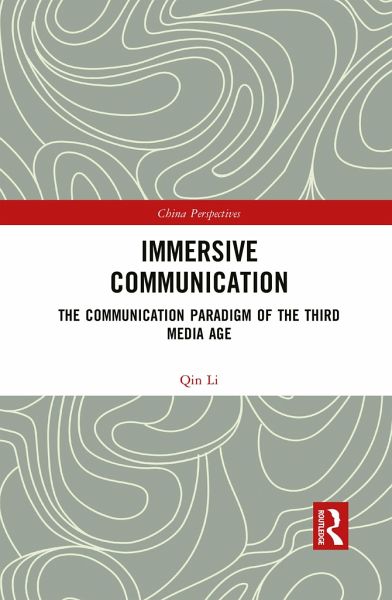
Immersive Communication
The Communication Paradigm of the Third Media Age

PAYBACK Punkte
27 °P sammeln!
Communication, like the atmosphere itself, is ubiquitous and essential for humans and with the development of new technologies, such as wireless internet, 3D printing and virtual reality, it has become almost impossible to live without it. In addition, means of communication have changed immeasurably. This book proposes a new research paradigm that incorporates new features and factors of communication and a new theoretical framework named "immersive communication". Pointing out that communication today has moved beyond the bi-directional, mass communication of "the second media age" to ubiqui...
Communication, like the atmosphere itself, is ubiquitous and essential for humans and with the development of new technologies, such as wireless internet, 3D printing and virtual reality, it has become almost impossible to live without it. In addition, means of communication have changed immeasurably. This book proposes a new research paradigm that incorporates new features and factors of communication and a new theoretical framework named "immersive communication". Pointing out that communication today has moved beyond the bi-directional, mass communication of "the second media age" to ubiquitous, immersive communication in "the third media age", the author discusses the definition, characteristics, information structure, and models of immersive communication using various examples including Fitbit, Apple, 4G and other technologies, while envisioning future applications of the immersive communication model. Scholars and students of communication studies, especially those interested in the manifestations of the new media age, will all benefit from this book. It will also appeal to readers interested in new media and communication theories.





